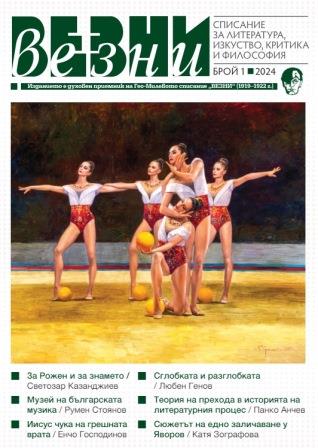
We kindly inform you that, as long as the subject affiliation of our 300.000+ articles is in progress, you might get unsufficient or no results on your third level or second level search. In this case, please broaden your search criteria.




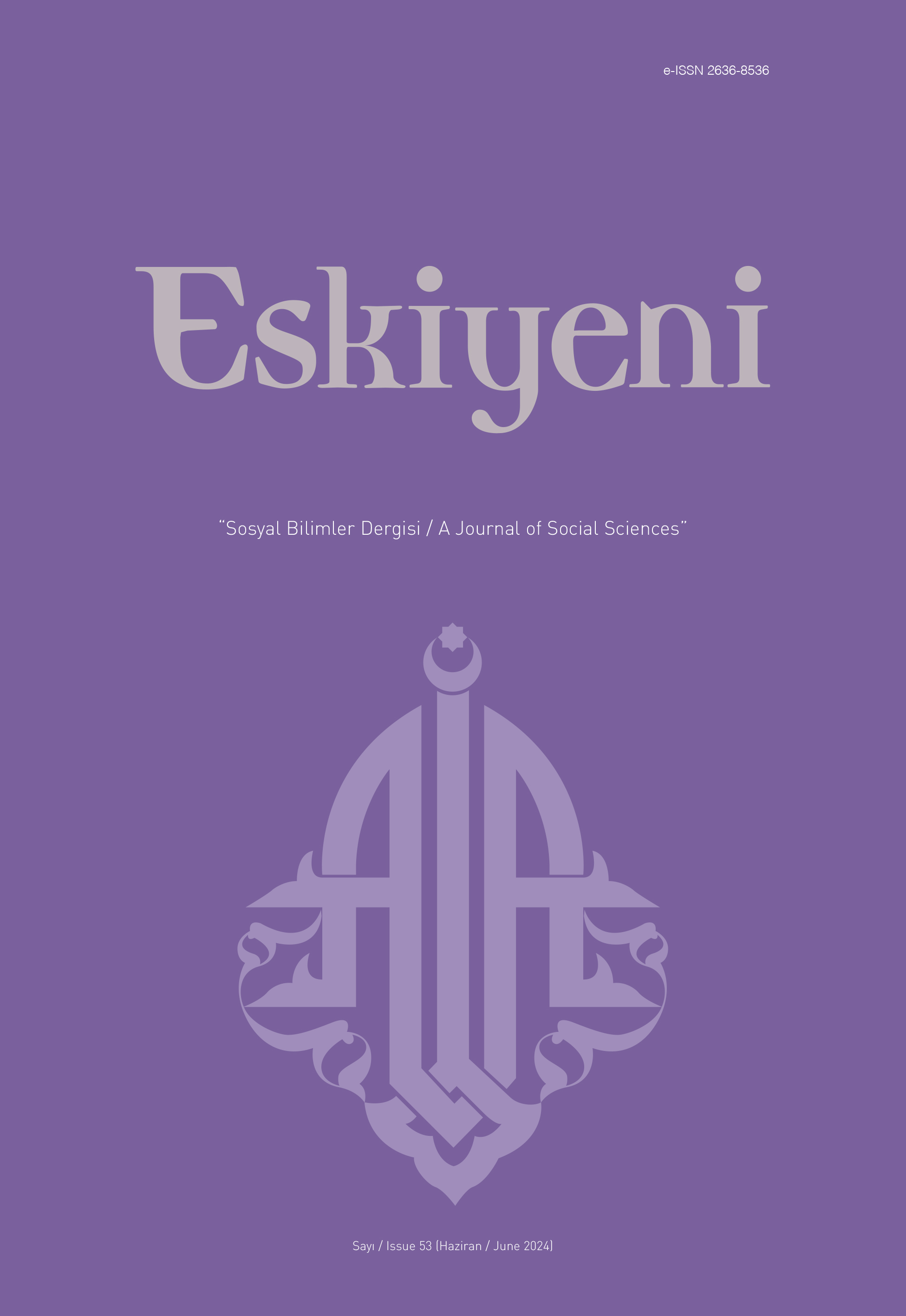
This study aims to analyse and evaluate the reflection of al‑Sayr al‑sulūk (journeying and initiation), of Sufism, in Yunus Emre through the symbolism of the seven gates. The study includes the analysis of the gate, which is a traditional symbol, and the elements of struggle that appear on these gates, such as lion, universe, pir, priest and houri, which are reported to be signs by Yunus Emre. Yunus Emre is in the Yasavī and Akbarī traditions in terms of disposition and temperament. In this study, the symbolism of the seven gates is discussed in the context of the views of René Guénon, a member of the Akbari tradition. The seven gates symbolism presents the ascension from the physical body to the metaphysical spheres by passing through the sky gate in the sense of sublimity, and as depth symbolism, it presents the stages of the spiritual ascension (al‑sayr al‑sulūk) journey that begins with the entrance through the gate of the heart. The seven gates are the seven stages of the descent from the celestial levels to the earth, marked and numbered for the return at the time of the creation. The seven gates symbolism indicates a transition in terms of time and dimension, and in the sense of depth, it represents seven locks that need to be opened in the human body. Therefore, the gate symbol turns into a multi-layered set of representations beyond its real meaning. This whole finds a place in Yunus Emre Dīwān with every dimension of representation. The element of struggle at each gate, which appears upon passing through the first gate, has a symbolic meaning, and with its emergenses as a kind of test, it is an important element in the expansion of the disciple's perception, maturation, and acquisition of spiritual knowledge. In general terms, in this study, it has been concluded that in Yunus Emre's poems, the chosen person who takes the first step from mortality to eternity by entering through the open gate can get rid of the limitations offered by humanity by passing through the seventh gate, which is the gate of salvation, if he can put up the necessary struggle. In addition, comparisons that are reflected at a symbolic level are also included, drawing attention to the existence of similar symbols and elements in ancient traditions, with their own uniqueness and differences.
More...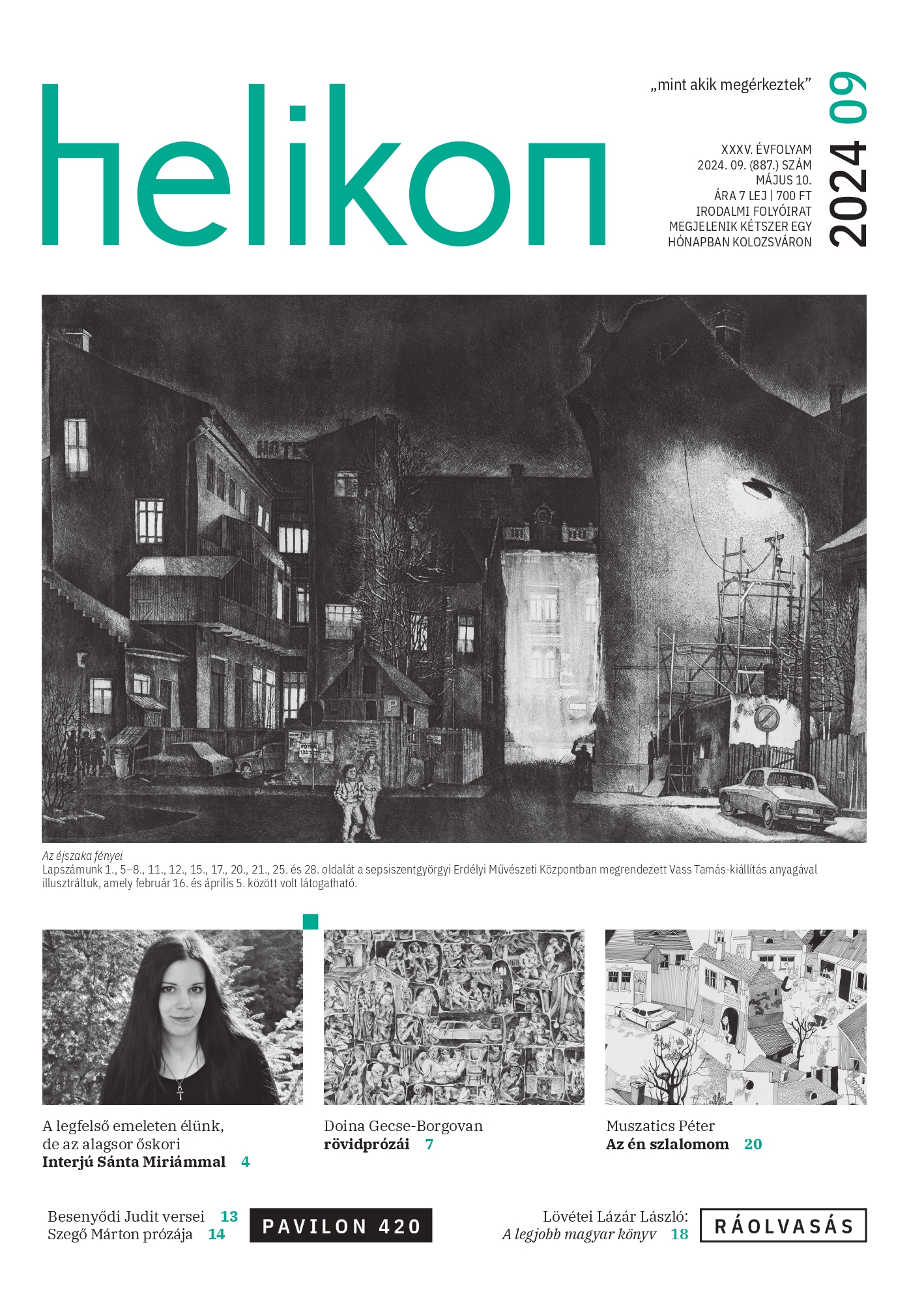
Zoltán Ferencz-Nagy's interview with Miriám Sánta.
More...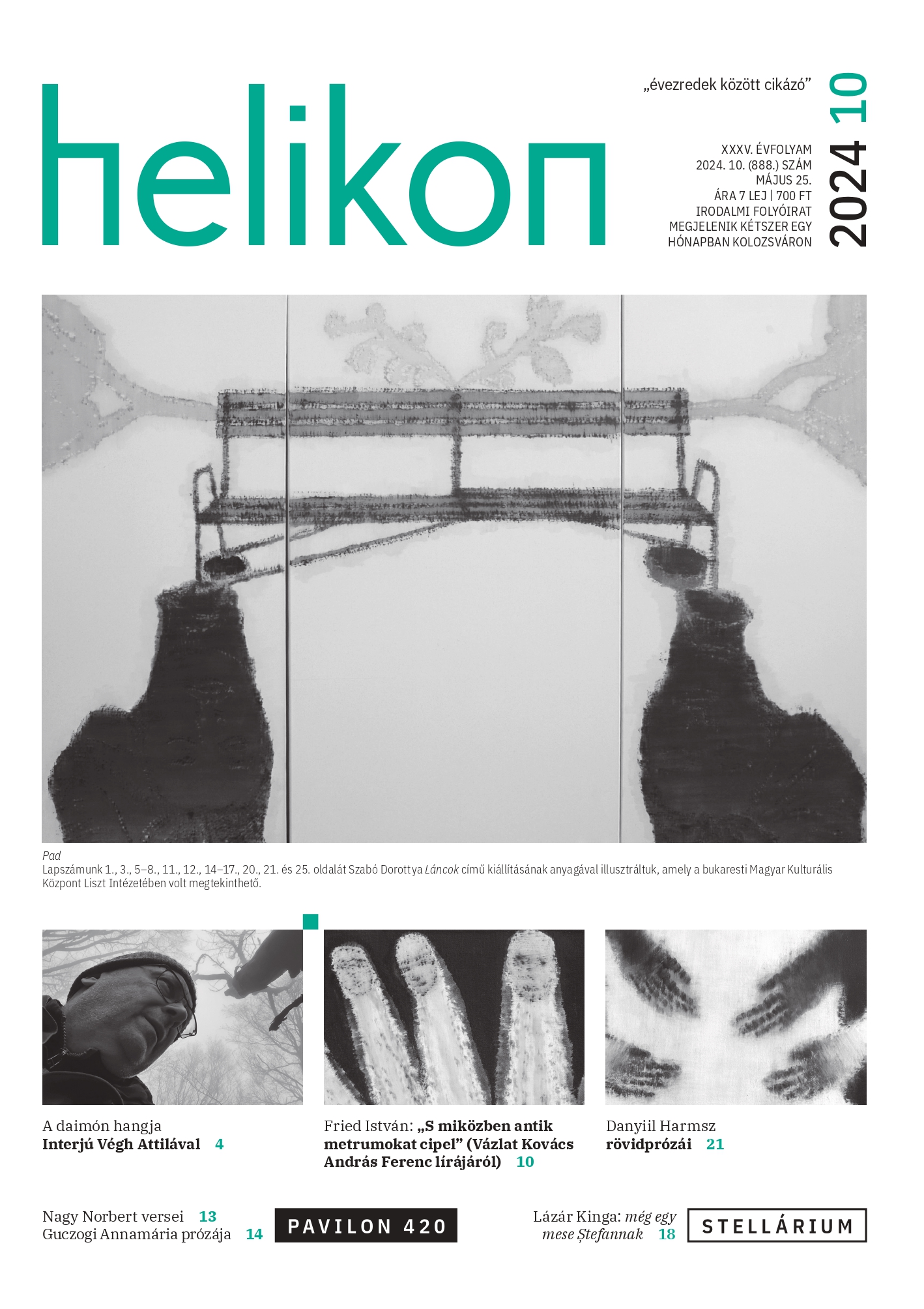
Miklós György Száraz's interview with Attila Végh.
More...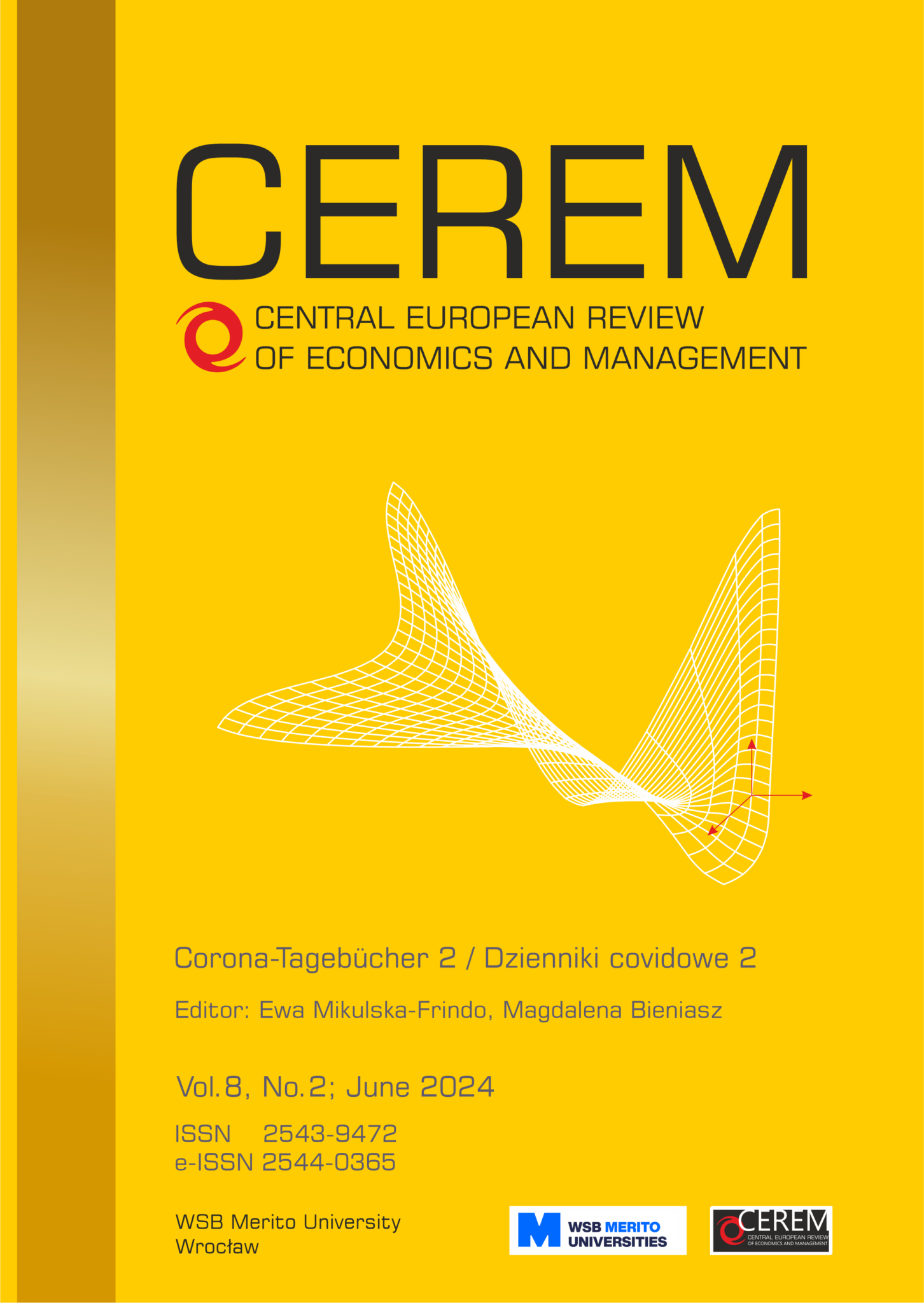





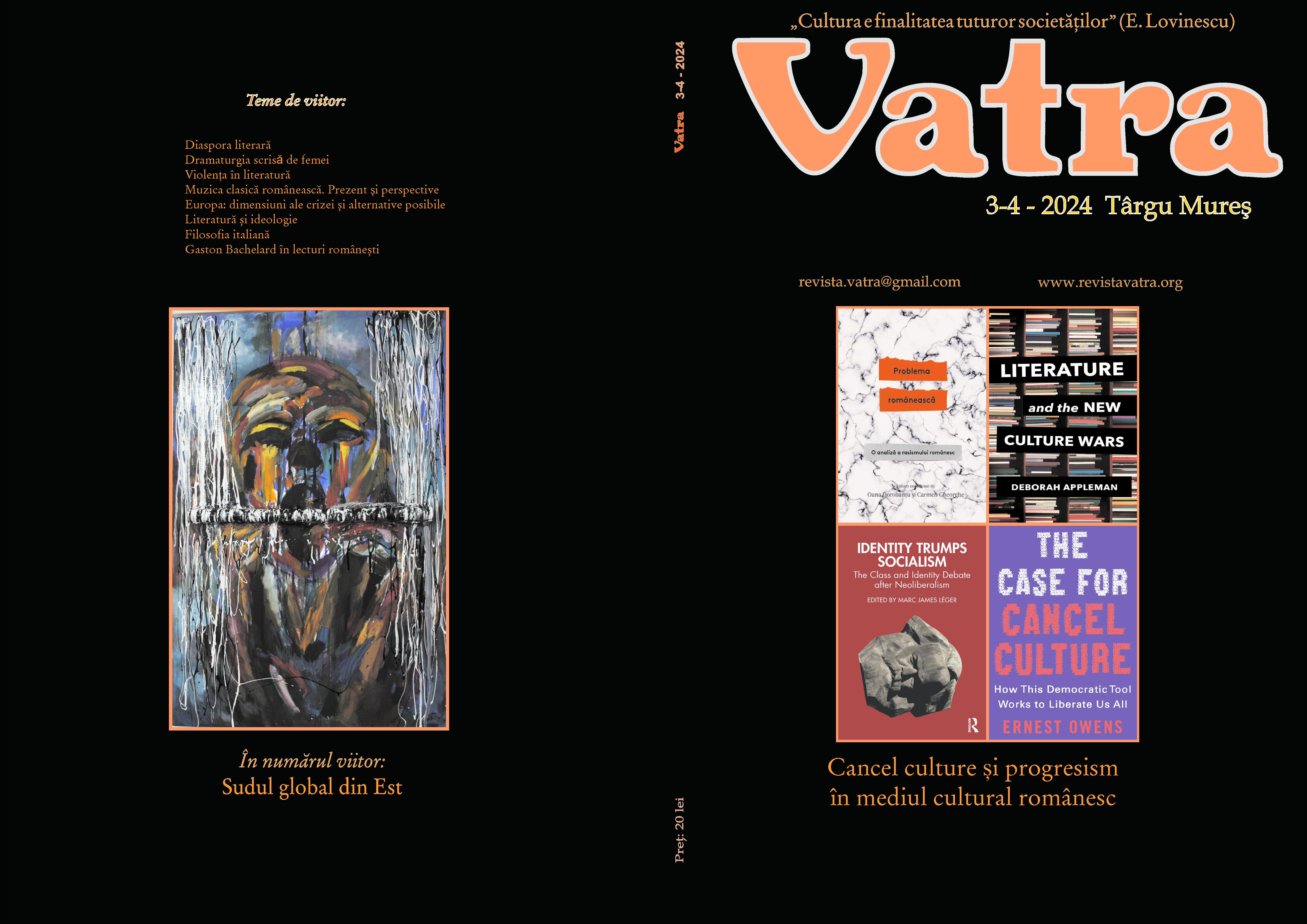
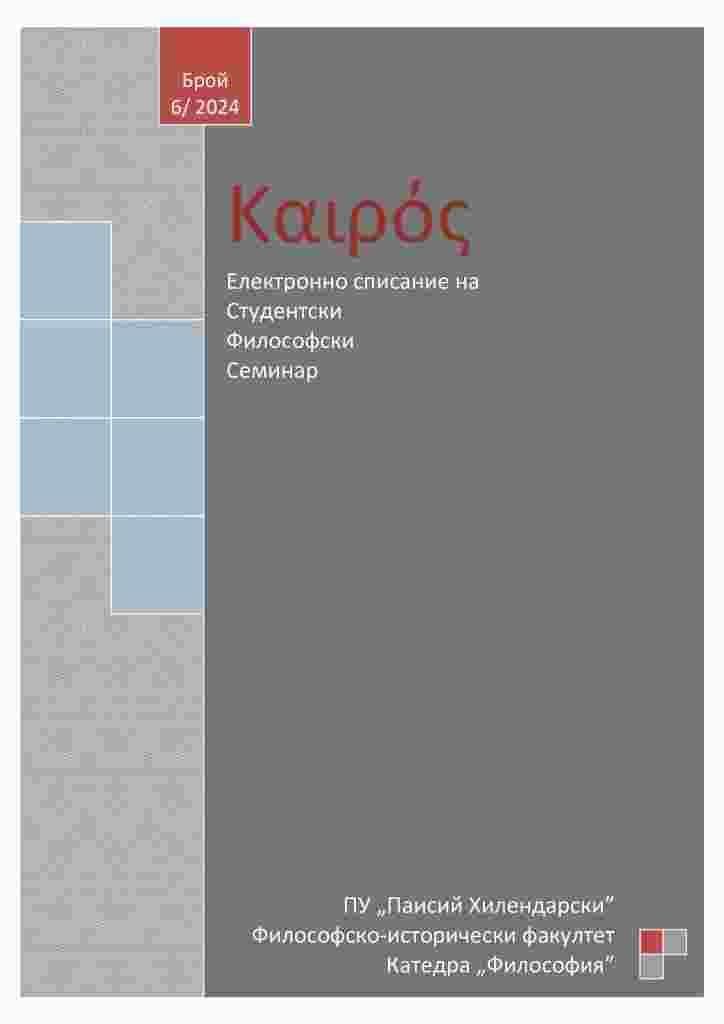

Ornela Vorpsi and Elvira Dones are two quite different Albanian authors. Although both of them left the Balkans in 1988 and 1991 and share the fate of being transnational writers in the West, having shifted their writing language to Italian and French, respectively, they have developed different styles of writing: Vorpsi reckons with her childhood trauma of sexual harassment and abuse by writing autobiographical novels on female protagonists. Dones, on her part, combines her migration experience with investigative journalism and chooses political topics such as the Kosovo War in 1998 – 1999 or human trafficking of the Albanian mafia in Italy in the 1990s. What Vorpsi and Dones have in common is their female perspective on emancipation and empowerment processes. Both write about female liberation from constraints and male oppression in the old homeland. It would be desirable to have both authors translated into Albanian in order to trigger a recanonisation of Albanian literature which until today is prevented by the strong elite continuity in Albania. The pace of these female authors leaving behind their marginal position in society and in a male literary canon is remarkable.
More...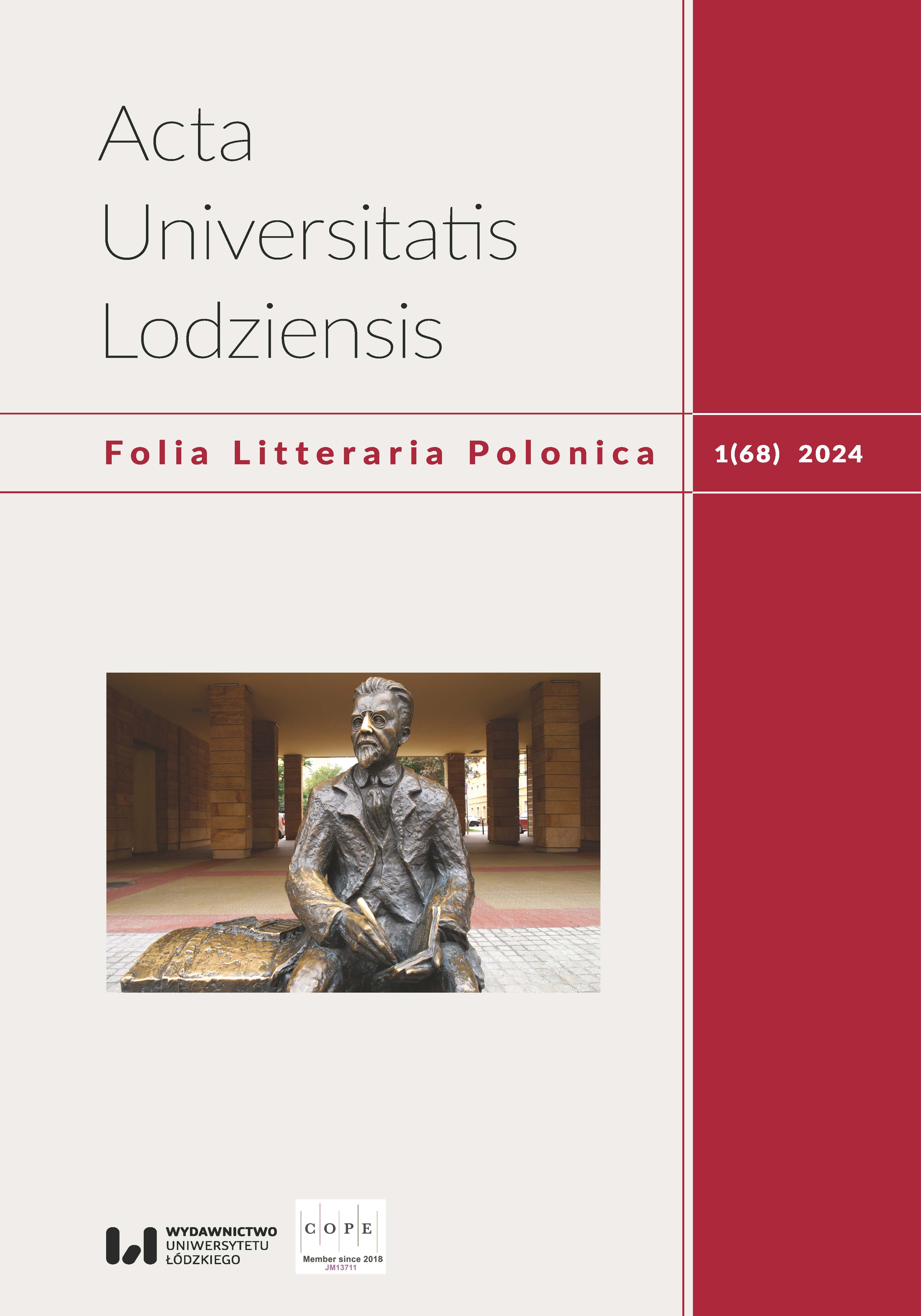
The article discusses Reymont’s relationship with Lodz. His attitude towards this city was initially ambivalent. The momentary fascination with the element of the city’s spectacular development quickly turned into undisguised reluctance demonstrated in self-documentaries and artistic works. Through a thorough analysis of Reymont’s texts from Lodz: The Promised Land and later novellas, as well as diary entries and correspondence, we extract symptoms showing the writer’s revulsion towards urban and industrial spaces and try to demonstrate that this attitude was probably due to Reymont’s character and his attachment to nature. Reymont’s first encounter with Lodz was a school failure and his subsequent encounter with secret meetings with his lover did not leave him with good memories. They were strengthened by the anti-aestheticism of the city and the social relations prevailing in Lodz, where Reymont lived in 1896, when he was preparing to write The Promised Land. In this novel, he showed Lodz as an “evil city”, marked with figures of a labyrinth, abyss, hell, and factories as monsters lurking in wait for people. When he recognized Lodz as a place unfriendly to man, a hotbed of demoralization and decay, he continued to criticize this space in subsequent works, escalating negative emotions (One Day, Cemetery).
More...
Cmentarzysko by Władysław Stanisław Reymont, viewed from the perspective of hauntology, a philosophical concept of Jacques Derrida, reveals new symbolic meanings. Particularly important to this perspective are light and shadow theme and emersion, which is the gradual emergence of objects from the darkness. In the text, light is associated with knowledge, information, and sound of conversation, while darkness means silence, tension and waiting. The victory of light over shadow has strong symbolic connotations, both in the religious context – the triumph of good over evil, and in the philosophical context – enlightenment replacing obscurantism. In Derrida’s theory, the role of light is inextricably linked to the category of presence, the revelation of existence. The philosopher deconstructs this classical meaning, introducing the concepts of specters, traces and postponing the apocalypse, understood as the unveiling of the truth. The hauntological interpretation of Cmentarzysko allows us to deepen the analysis of the impression that the revolution of 1905 has left on the Nobel Prize winner’s consciousness.
More...
This article aims to interpret Władysław St. Reymont’s novel, The Promised Land, through the lens of Gothic tradition, utilizing tropes employed by English writers and theorists in the nineteenth century to depict the social impacts of the industrial revolution. I argue that in his portrayal of industrial Łódź, Reymont created a coherent vision of Gothic modernity, which can be understood through Foucault’s concept of deviant heterotopia, constructed by means of multifacated gothicization of urban space.
More...
Bronisław Trentowski, one of the leading Polish philosophers of Romanticism, published only two excerpts from the manuscript of Bożyca lub teozofia, his philosophy of God. A reason why the work was not fully published was a bad reception of the published fragments by the Polish community, whose political identity at the time of Partitions was based on Catholic church. A collation of both published excerpts with the original manuscript reveals characteristic quantitative and qualitative differences between the manuscript and each print: one published in Paris without censorship, the other in Poznań under Prussian censorship law. Collation analysis, together with other documentation of the writing process, let us conclude that censorship interfered the writing process in a form of self-censorship. It also indicates that the author was ready to compromise with institutional censorship in the purpose of publishing, but he refused to compromise on his views to satisfy his readers.
More...